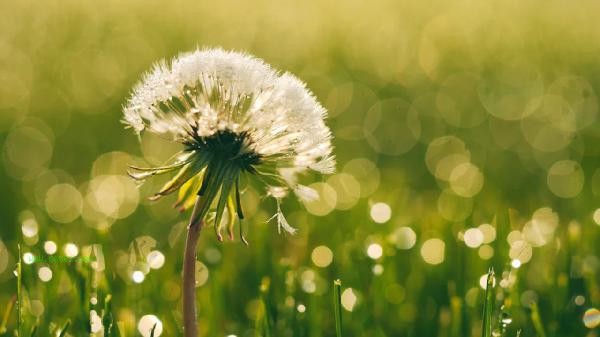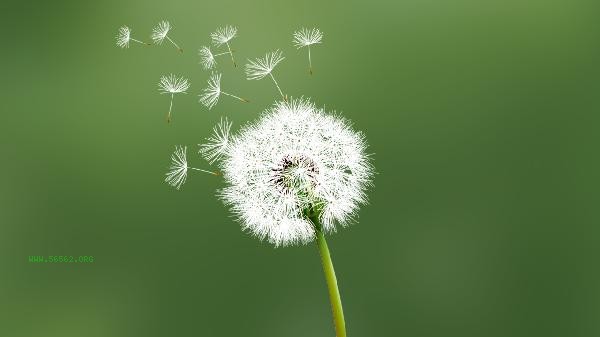Wild vegetable Granny Ding is the common name for dandelion, and the two are the same plant. Dandelion is a perennial herbaceous plant in the Asteraceae family, belonging to the dandelion genus. Its roots, leaves, and flowers can be consumed or used as medicine, and have the effects of clearing heat, detoxifying, diuresis, and reducing swelling. Dandelions are distributed in various parts of China and are commonly found in fields and roadsides. Its leaves are serrated, the flowers are yellow, and when mature, they form white fluffy seeds. As a wild vegetable, dandelion tender leaves can be cold mixed, made into soup or stir fried, and the roots can be dried and brewed into tea. Dandelion contains nutrients such as vitamin A, vitamin C, potassium, iron, as well as active ingredients such as dandelion alcohol and choline.

In some regions, other Asteraceae plants are mistakenly referred to as "Po Po Ding", such as Gesneri and Huangqicai. These plants have a similar appearance to dandelions, but there are differences in leaf morphology and flower structure. Ingestion may cause gastrointestinal discomfort, so be careful to distinguish when picking. Dandelion leaves break and release white milk, which is an important identification feature. Dandelion has a cold nature, and people with spleen and stomach deficiency should not consume it excessively. It is recommended to soak fresh dandelions in salt water before cooking to remove the bitter taste. When using medicine, follow the doctor's advice and avoid taking it together with some medications. Picking dandelions in spring is recommended to choose unripe and tender leaves, which have higher nutritional value. Reasonable consumption of dandelion can help promote metabolism, but individuals with allergies should try it with caution.










Comments (0)
Leave a Comment
No comments yet
Be the first to share your thoughts!